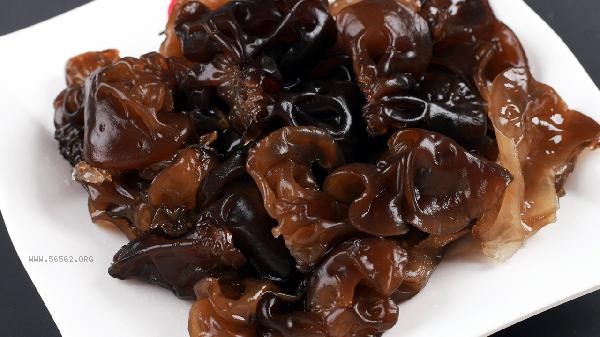The freshly picked fungus needs to be cleaned, blanched, and dried before it can be stored for a long time. The main processing steps include removing impurities, high-temperature sterilization, uniform drying, ventilation and avoiding light, and regular flipping.

1. Removing Impurities
The surface of fresh fungus often adheres to soil and sawdust, and needs to be repeatedly rinsed with flowing water. Soak the fungus in a pot for ten minutes and gently rub and wash it, being careful not to damage the gill structure. For the hard part at the bottom of the stem, it can be removed with a small knife. A small amount of salt can be added during the cleaning process to help kill bacteria.
2. High temperature sterilization
After cleaning, the fungus should be blanched in boiling water for two minutes, and a little white vinegar can be added to the water. Blanching water can inactivate surface microorganisms and also cause the fungus to shrink and solidify. Blanching time should not be too long to avoid nutrient loss. Immediately cool down with supercooled water after removal to maintain a crisp texture.
3. Evenly spread and dry
Spread the processed fungus evenly on a bamboo sieve or gauze, and place it in a single layer to ensure ventilation. The gills face upwards for water evaporation, with a thickness not exceeding 3 centimeters. Avoid using metal containers to dry, as they may cause oxidation and discoloration. Can be padded with absorbent paper to accelerate drying.

4. Ventilation and Light Avoidance
Choose a dry, ventilated, and cool place to air dry, avoiding direct sunlight that can cause nutrient loss. The ideal environmental humidity should be below 60%, and an electric fan can be used to enhance air circulation. During the rainy season, a dryer can be used for low-temperature dehydration, with the temperature controlled below 50 degrees.
5. Regularly flip
Every two hours during the drying process to ensure even evaporation of moisture. When there is no sticky or slippery feeling on the touch surface, it turns into intermittent flipping. The standard for complete dryness is that the bacterial cells are brittle, hard, and easily breakable, with a moisture content of less than 12%. Underdried fungus is prone to mold growth. Processed dried fungus should be sealed and stored in a cool place, and can be stored for more than six months. Soak in warm water for two hours before consumption, and change the water twice during this period to remove residual impurities. Suggest cooking with vegetables rich in vitamin C to help absorb iron. Pay attention to moisture and insect prevention during daily storage, and regularly check for moisture and clumping. People with spleen and stomach deficiency and cold should control their food intake to avoid causing gastrointestinal discomfort.









Comments (0)
Leave a Comment
No comments yet
Be the first to share your thoughts!